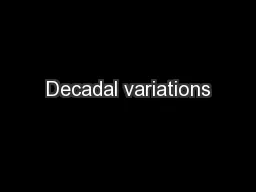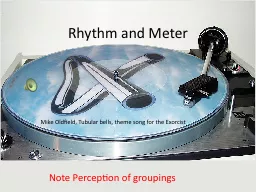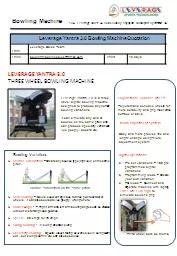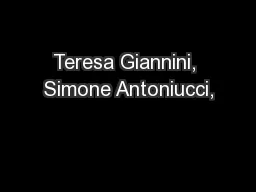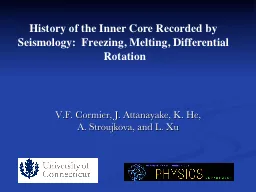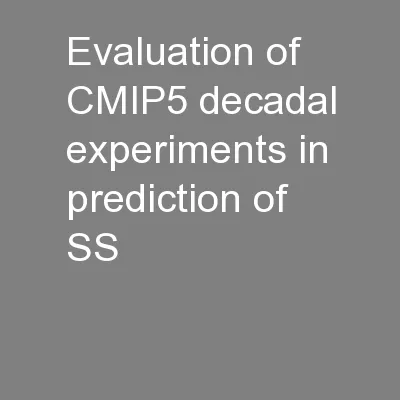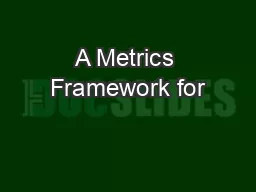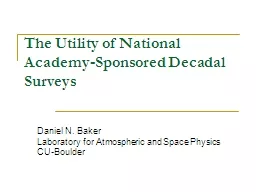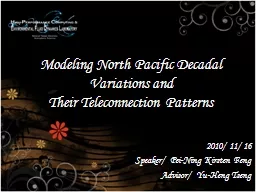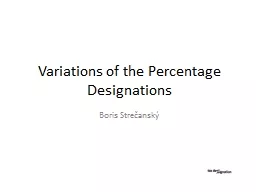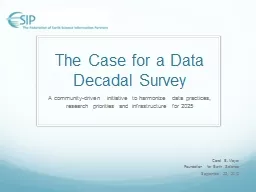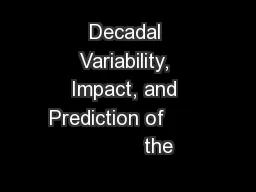PPT-Decadal variations
Author : pasty-toler | Published Date : 2015-10-31
of Sunlike stars solar variability after dark Wes Lockwood Lowell Observatory Gregory Henry TSU Robotic photometry 19932014 Tennessee State Univ telescopes at Fairborn
Presentation Embed Code
Download Presentation
Download Presentation The PPT/PDF document "Decadal variations" is the property of its rightful owner. Permission is granted to download and print the materials on this website for personal, non-commercial use only, and to display it on your personal computer provided you do not modify the materials and that you retain all copyright notices contained in the materials. By downloading content from our website, you accept the terms of this agreement.
Decadal variations: Transcript
Download Rules Of Document
"Decadal variations"The content belongs to its owner. You may download and print it for personal use, without modification, and keep all copyright notices. By downloading, you agree to these terms.
Related Documents

